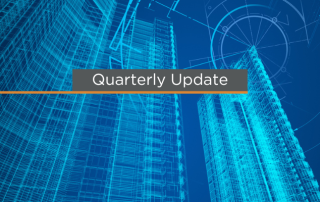Year-End Tax Planning for Business Owners in 2025
Year-end tax planning for business owners in 2025 highlights opportunities like bonus depreciation, expanded Section 179 limits, and strategic charitable giving. Taking action now can reduce tax liability and prepare businesses for 2026 changes.










